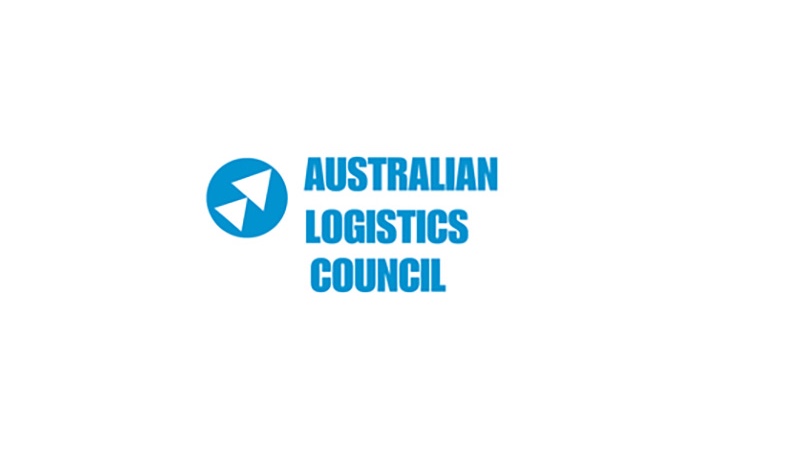One of our Directors Steven Asnicar has spent the latter part of this week at the Australian Logistics Council (ALC) Forum 2012 in Sydney.
At the Forum the ALC released a new report entitled “Towards an Efficient Freight Future”, which calls for changes in the transport supply chain. LogisticsCareer.com.au reported on the release:
A renewed sense of action is needed to achieve more efficient and integrated supply chains, according to a report released by the Australian Logistics Council (ALC) at the ALC Forum in Sydney.
Towards an Efficient Freight Future analyses what action has been taken to address 23 critical supply chain blockages identified in an earlier ALC report in 2008.
The report, by Economic Connections Pty Ltd, focuses on the extent to which the blockages have been given consideration by Infrastructure Australia in their reports to government.
“Towards an Efficient Freight Future finds that while there has been some progress in addressing Australia’s most pressing supply chain blockages, a number of high profile issues have demonstrated little progress over the past four years,” said Michael Kilgariff, ALC Managing Director.
“For example, the report finds more needs to be done to improve access to key intermodal facilities and ports which are critical links in the supply chain, particularly in our major cities.
“The report also shows that there is an ongoing need for all levels of government to develop and implement clearly articulated freight transport plans to drive greater efficiencies.
Excerpt from: http://www.logisticscareer.com.au/news-articles/release-of-towards-an-efficient-freight-future-report
The 52 page report includes an update on ALC priorities which include:
- the need to protect access corridors to ports and terminals
- East-West and North-South rail corridors
- Identifying sites for inter-nodal terminals in urban areas
- Improved access for “higher productivity” vehicles, and
- developing transport plans that recognised the interaction between transport and land-use, and the need to provide acccess for freight vehicles for urban freight distribution.
The report identifies and addresses 23 blockages. Blockage # 23 is:
Harmonise fatigue Management: Harmonise legislative processes and regulatory arrangements associated with the implementation of the national fatigue management system.
The report states:
ISSUE: National Fatigue Regulations were introduced into the majority of state jurisdictions as of 29 September 2008. however, the national road transport approach was not adopted in WA or NT, where more flexible regulation through OHS was retained. in addition, Tasmania removed the work diary exemption for trips of less than 200 km radius from home base and more onerous OHS provisions were applied in NSW for some long haul operations.
Inconsistent application of rules for measuring time on task created a new set of cross-border inconsistencies. This situation was only resolved after the application of considerable pressure from the transport industry.
Under Advanced Fatigue Management, Victoria and NSW applied an ‘outer limit’ of 15 hours of work daily against the national policy of 16 hours. in addition, not all states accepted the ‘rest areas’ defence for short breaks in Standard hours and Basic Fatigue Management.
These cross-border inconsistencies have been addressed in the development of the heavy vehicle national Law. Agreement has been reached on a uniform and more practical approach to counting time, based on the new South Wales and Queensland approach. At this stage, it appears that WA will continue to manage fatigue through OHS provisions.
DISCUSSION: it is ironic that the introduction of regulation which was designed to provide more flexibility in the management of work and rest periods led to the creation of regulatory inconsistencies between jurisdictions and created a new set of problems for the road transport industry. Enforcement issues resulting from the implementation of the 2008 policy have now been resolved; however in one jurisdiction fatigue regulation is undertaken through OHS rather than road transport legislation which will increase the likelihood of inconsistency. Beyond that, it is difficult to make an assessment of fatigue policy outcomes until the detail of the heavy vehicle national Law is available.
PROGRESS: It is difficult to make an assessment of fatigue policy outcomes until the detail of the heavy vehicle national Law is available. it is expected that the implementation of the national Road Safety Regulator should lead to more consistent enforcement of fatigue provisions.
Fatigue management is an important component of our new Chain of Responsibility Course available online now. Click here for more information.


